The Great Mexican Painters
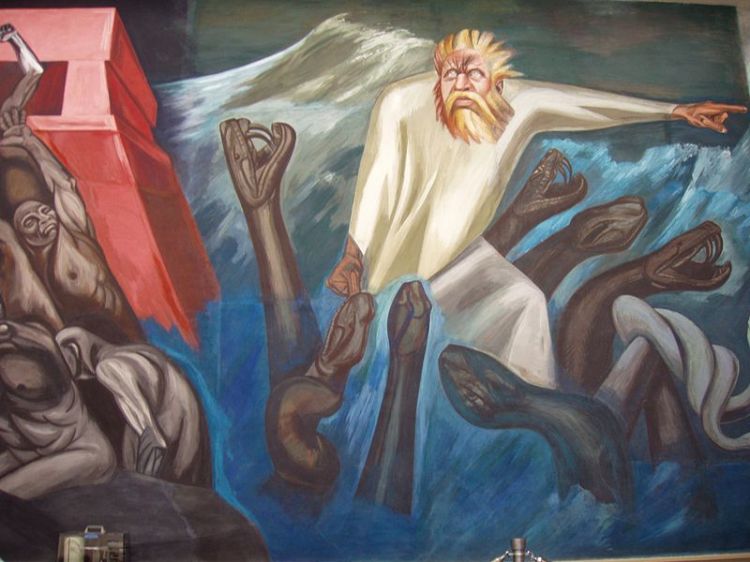
Mexican visual arts have been very fortunate and prolific, from the start of the 20th century painters, sculptors and even photographers, had the skill to interpret political, social, economical events and create their own styles giving a unique personality to Mexican art.
Mexican painting, in particular, has gone through different representative moments with artists whose proposal doesnât only focus on style and themes, but on leading ideologies that were taken to all aspects of their lives.
José María Velasco, born in the State of Mexico, is one of the painters and landscape artist recognized for his inspiration in rural provincial Mexico, which he learned to paint with great effort due to his lack of economic means. However, Velasco managed to enroll in various art schools from which he obtained the technical drawing definition he sustained during his whole career for offering works such as âUn Paseo en los Alrededores de Méxicoâ (A Stroll in Mexicoâs Surroundings) from 1866, âEl Panorama del Valle de Méxicoâ (The Landscape of Mexicoâs Valley) from 1875, âMéxicoâ from 1877, âPaisaje de Metlacâ (Landscape of Metlac) from 1881 and âHacienda de Chimalpaâ (Chimalpa Estate) from 1883.
Velasco was also interested in other themes, such as marine life, topics regarding the paintings âEvolución de la vida marinaâ (Evolution of marine life) and âEvolución de la Vida Continentalâ (Evolution of Continental Life). He died in 1912 being one of the best landscape artists, renowned in Mexico and the world.
Afterwards, during the 20th century, Mexican murals predominated as an artistic expression during the first decades, profoundly influenced by the Mexican Revolution and the proposal of a national identity.
The pictorial language that muralists undertook had to be coherent with the goal of vindicating the popular masses, it is not an abstract language, but realist, accessible to the comprehension of anyone living inside and outside post-revolutionary México.
Among the most outstanding Mexican painters is José Clemente Orozco. Born in 1883, he took up painting after having been a cartoon artist in emblematic publications of the time such as El Hijo de Ahuizote; then he became a water color artist, dedicated to alternating the diverse techniques he ultimately conjugated in murals.
Among his great format paintings are âLas últimas fuerzas españolas evacuando con honor el Castillo de San Juan de Ulúaâ (The last Spanish forces evacuating with honor the Castle of San Juan de Ulúa) from 1915, in which he still hadnât found his own style, but did have the interest that would lead to revolutionary and nationalist themes, like the ones he produced when approaching other painters such as Diego Rivera and Siqueiros. With that ideological union, Mexican muralism was born, interpreting and creating for the popular masses, with a strong tendency to social and left wing criticism. He contributed his creative works to places such as the Escuela Nacional Preparatoria with âCortés y la Malincheâ and frescos to the Baker Library in New Hampshire. Outstanding among his smaller dimension works are âEl Combateâ (The Combat) from 1920 and âCristo Destruye su Cruzâ (Christ Destroys his Cross) from 1943.
He created murals in California as âPrometeoâ from 1931 and in New York for the New School for Social Research, in which he shows the influence of baroque with really dramatic creations. Of extreme strength and beauty are the murals of Hospicio Cabaña in Guadalajara and the ones he created in Palacio de Bellas Artes in Mexico City. He is also the author of the murals of the Supreme Court of Justice, such as âLa justiciaâ (Justice) and finally, âAlegoría Nacionalâ (National Allegory) in the Escuela Nacional de Maestros.
Also born during the XIX century (1886), in Guanajuato, Diego Rivera is one of the emblematic characters of muralism. His academic formation was in San Carlos, continuing his studies in Europe, from where he returned influenced by cubism and realism. But Rivera didnât stall in the mere influence of European trends, he went on to propose a composition tendency that hadnât been seen before. Rivera is also an artist committed to communism, which he represented for a long time and got interested because of social causes, acquiring an esthetic vision that lead to painting murals with scenes of national life, always dedicated to popular classes and rural beauty.
By Riveraâs side, but with artistic independence, there was always Frida Kahlo. Born in Coyoacán in 1907, ever since her first attempts at painting she was characterized by compositions referring to herself. Frida was always the central theme of her work, since her life was transformed into a daily and difficult experience of physical limitations that only became worse. The sensibility of Kahlo framed works filled with emotions, metaphors and encounters with herself and her pain.
Among her prolific works areâAutorretrato con Traje de Terciopeloâ (Self-Portrait with Velvet Suit), 1926; âFrida Kahlo y Diego Riveraâ, 1931; âAutorretrato con Collarâ (Self-Portrait with Necklace), 1933; âDiego en mi pensamientoâ (Diego in my thoughts), 1933, âFrutos de la Tierraâ (Fruits of the Earth), 1938; âLas dos Fridasâ, (The two Fridas)1939, âRaícesâ (Roots), 1943.
José Luis Cuevas is another of the great Mexican painters, whose talents extend to sculpture, illustration and etching. Cuevas marked another artistic trend that intentionally tried to break with Mexican muralism. The trend in the historical-social and nationalist vision that characterized paintings during the first half of the 20th century was divided by this painter.
The themes of José Luis Cuevas have an individualist content, even personal, regarding human nature. He makes a portrait of the darkest and most feared sides of human beings; he concentrated on themes such as death, physical deterioration, but also mental and spiritual deterioration, stemming from this are etchings depicting grotesque, twisted, distorted beings that also belong to humanity. José Luis Cuevas canât be characterized in a single art form or stream, although many catalogue him as an expressionist.
Click on the Play button to watch the video
Artículo Producido por el Equipo Editorial Explorando México
Copyright Explorando México. Todos los derechos Reservados.
Fotografía tomada de Wikipedia.Org Ver Autor y Licencia

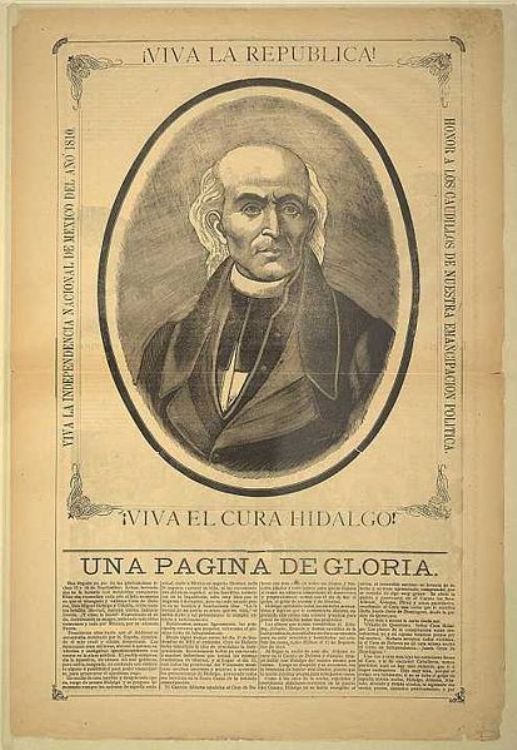
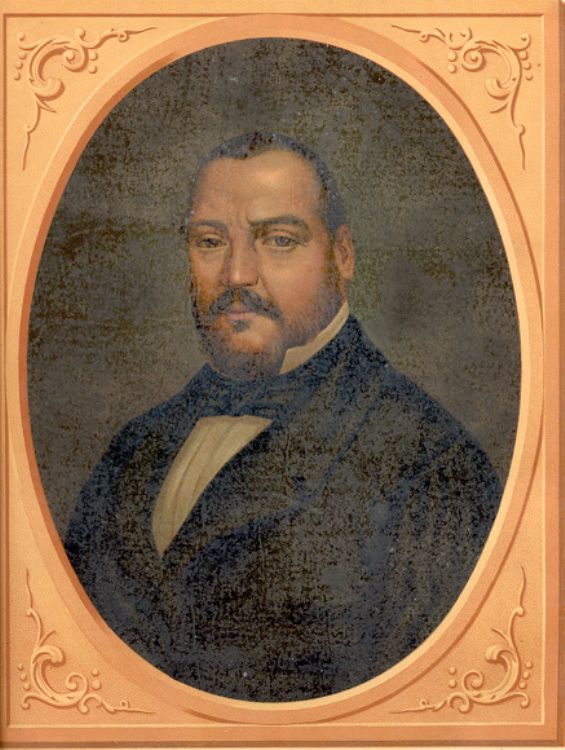
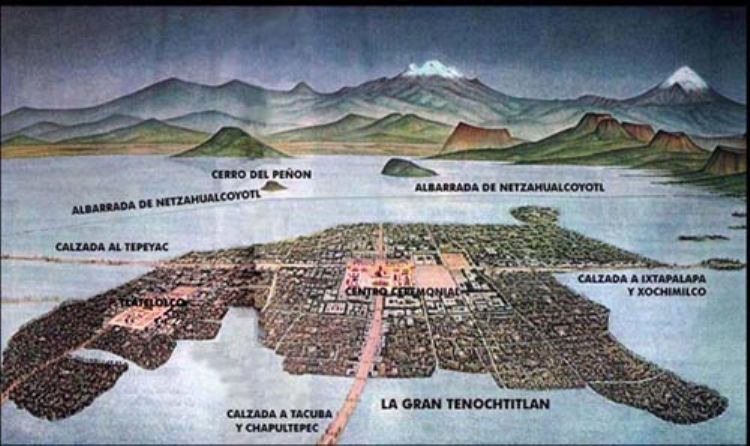
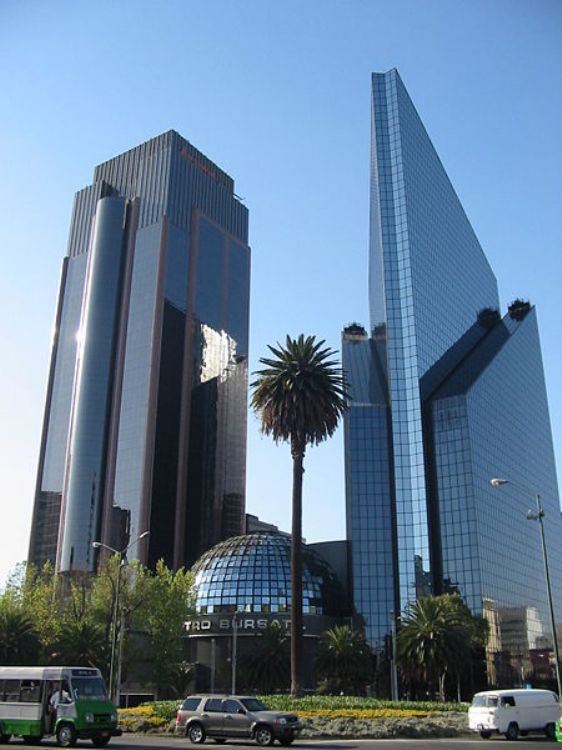
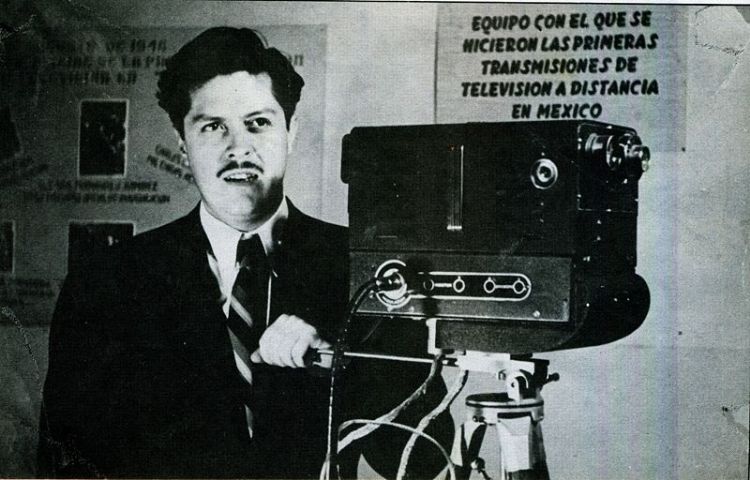
.jpg)